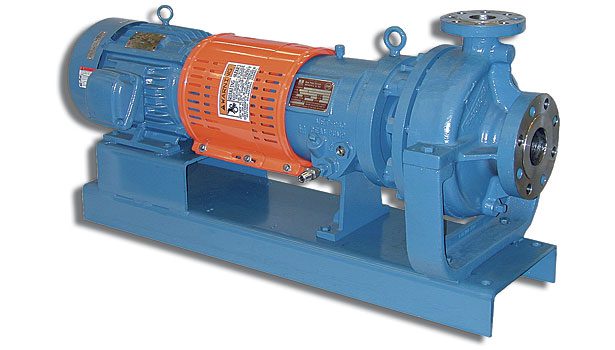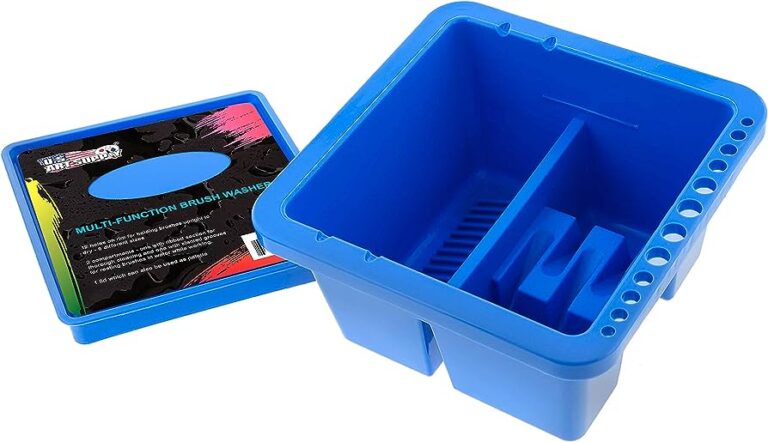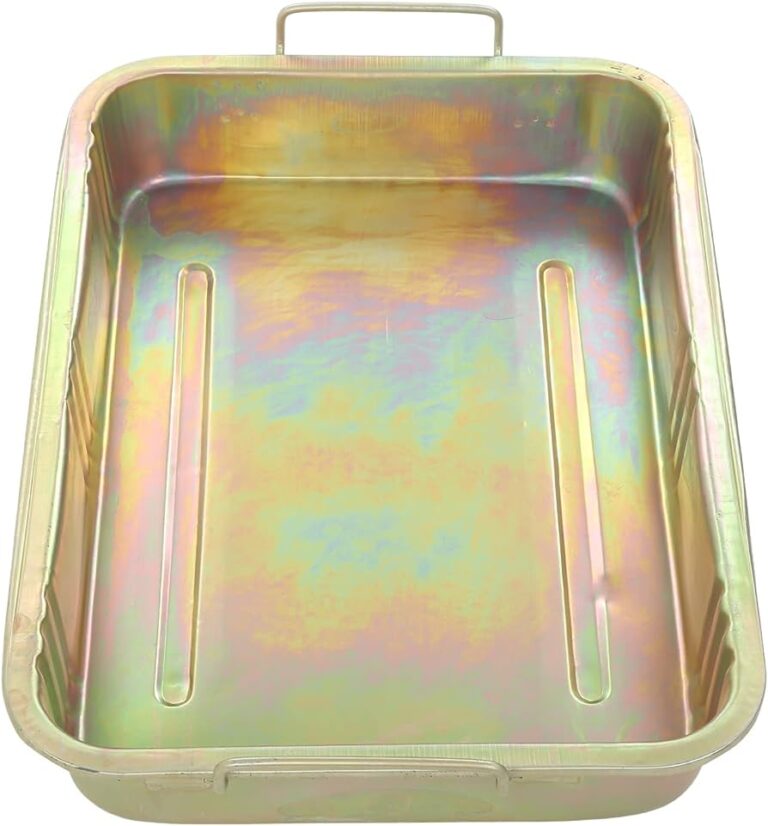Oil Extraction Methods : Unleashing the Potency of Power Words
Oil extraction methods involve various techniques to extract oil from different sources, such as drilling for conventional oil or using solvent extraction for oilseeds. These methods utilize mechanical, chemical, or thermal processes to extract oil efficiently and safely.
Introduction To Oil Extraction Methods
Oil Extraction Methods: An Introduction Oil extraction methods are diverse and have a significant impact on the quality of the final product. Understanding the different methods is crucial in choosing the right one for specific applications. This article will provide an overview of oil extraction methods and their importance.
Firstly, it is crucial to recognize the significance of selecting the appropriate method. The extraction method directly affects the aroma, taste, and nutritional value of the oil. Moreover, each extraction technique has its advantages and disadvantages. The focus of this article will be on the various methods used for oil extraction.
Through this exploration, readers will gain insights into techniques such as cold pressing, solvent extraction, and steam distillation. Understanding the pros and cons of each method will help readers make informed decisions when it comes to selecting the most suitable method for their needs.
So, let’s dive into the intricacies of oil extraction methods.
Traditional Methods Of Oil Extraction
Oil extraction methods have been used for centuries. The traditional pressing method involves applying pressure to fruits, seeds, or nuts to extract the oil. Milling method, on the other hand, involves grinding or rolling the raw materials before pressing. Lastly, the distillation method uses steam to separate the oil from the plant materials.
These methods have their own advantages and disadvantages. They can affect the quality, yield, and flavor of the oil extracted. Some oils are better suited for certain methods, while others require a combination of methods. Each method requires specific equipment and expertise.
As technology advances, new extraction methods have emerged, offering more efficient and precise ways to extract oil. However, traditional methods still hold their place in certain cultures and industries, preserving traditions and ensuring unique flavors in the oils produced.
Modern Methods Of Oil Extraction
Oil extraction methods have evolved over time to meet the growing demand for various industries. One of these methods is solvent extraction, which involves using a solvent to separate oil from the plant material. Another method is cold pressing, where mechanical pressure is applied to extract oil without the use of heat.
Lastly, there is the supercritical fluid extraction method, which utilizes supercritical fluids, such as carbon dioxide, to extract oil. These methods employ different techniques but aim to achieve the same goal of extracting oil efficiently. Each method has its advantages and disadvantages, depending on the type of oil and the desired end product.
Innovation and technology continue to advance the field of oil extraction, ensuring a steady supply of oils for various applications.
Solvent Extraction: The Key To Efficiency
Solvent extraction is a crucial method for efficient oil extraction. It involves using solvents to dissolve and extract oil from raw materials. Understanding this technique is essential. One of the benefits of solvent extraction is its high efficiency in extracting oil.
However, it also has some drawbacks. Solvents used in this process can be toxic and harmful to the environment. Popular solvents used in oil extraction include hexane, ethanol, and carbon dioxide. Each solvent has its own advantages and disadvantages, such as cost, availability, and extraction efficiency.
To ensure sustainable and safe extraction, it is important to carefully choose the solvent and implement proper safety measures. Proper understanding and management of solvent extraction can help optimize oil extraction processes and minimize negative environmental impacts.
Cold Pressing: Unleashing The Natural Power
Cold pressing is a natural method that unlocks the true potential of oil extraction. This technique involves extracting oil from seeds and nuts at low temperatures, ensuring that the natural nutrients and flavors are preserved. With several advantages over other methods, cold pressing has gained popularity among health-conscious individuals.
It retains the natural aroma, color, and taste of the oil, making it highly desirable. Additionally, the oils extracted through cold pressing are rich in antioxidants and essential fatty acids, making them beneficial for overall health. Some ideal oils for cold pressing include olive oil, coconut oil, and avocado oil.
These oils not only provide a delicious and nutritious addition to your meals but also offer numerous health benefits. Cold pressing is a technique worth exploring for those looking for high-quality and natural oils.
Supercritical Fluid Extraction: Harnessing The Potential
Supercritical fluid extraction is a method utilized for oil extraction. It involves using supercritical fluids, such as carbon dioxide, to extract desired compounds from botanical materials. This process is favored due to its ability to selectively extract specific components without using harsh solvents.
Additionally, CO2 extraction is known for its ability to preserve the natural properties of the extracted material, resulting in a high-quality end product. However, this method has its limitations. One limitation is the high cost associated with the equipment required for supercritical fluid extraction.
Furthermore, the process can be time-consuming and requires expertise to ensure optimal results. Despite these limitations, the advantages of supercritical fluid extraction make it a valuable technique for obtaining pure and potent oils from various sources.
Comparing The Methods: Choosing The Best Option
Oil extraction methods vary in their efficiency and yield, as well as the quality and purity of the extracted oil. It is crucial to evaluate these factors when choosing the best method for a specific oil. Some methods may have higher efficiency but lower yield, while others may offer greater purity but lower efficiency.
The selection process involves considering the characteristics of the oil being extracted and matching them with the strengths and limitations of each method. It is important to avoid common mistakes and make an informed decision that maximizes the desired outcomes.
By carefully assessing factors such as efficiency, yield, quality, and purity, one can choose the most suitable oil extraction method for their specific needs.
Expanding Possibilities: Combining Methods
Combining various oil extraction methods can significantly enhance efficiency and potency. By considering a blend of techniques, new possibilities unfold in the extraction process. Successful examples of combining methods showcase how the use of different approaches can yield better results.
It is important to explore and experiment with different combinations to find the most effective solution for oil extraction. The key lies in utilizing a range of approaches to optimize the extraction process, resulting in improved quality and quantity of oil extracted.
By constantly seeking new ways to combine methods, the industry can continue to evolve and advance in its oil extraction practices. Through innovation and experimentation, the potential for even more efficient and successful oil extraction becomes a reality.
Future Trends In Oil Extraction
The future of oil extraction is promising with innovations in extraction technologies. These advancements focus on sustainability and reducing the environmental impact. New methods aim to improve the efficiency of oil extraction while minimizing ecological harm. The industry is exploring various approaches to ensure responsible oil extraction practices in the coming years.
Potential improvements include the development of advanced drilling techniques, enhanced reservoir modeling, and the utilization of eco-friendly technologies. These innovations not only prioritize the efficient extraction of oil but also aim to protect the environment for a sustainable future. By embracing these advancements, the oil extraction industry can contribute to the conservation of natural resources and reduce its overall carbon footprint.
The future trends in oil extraction hold the potential to revolutionize the way we extract and utilize this valuable resource.

Credit: ndupress.ndu.edu
Frequently Asked Questions For Oil Extraction Methods
Which Method Is Best For Oil Extraction?
The method considered best for oil extraction is called hydraulic fracturing or fracking. It involves injecting a mixture of water, sand, and chemicals into underground rock formations to release oil and gas trapped in them. This process is highly efficient and allows access to previously inaccessible oil reserves.
Another commonly used method is drilling, where a hole is drilled into the rock formation and oil is pumped out. However, drilling may not be as effective as fracking in certain geological conditions. Ultimately, the best method depends on factors such as the location of the oil reserves, the type of rock formation, and the economic viability of the extraction process.
How Many Methods Of Oil Extraction Are There?
There are three primary methods of oil extraction: primary, secondary, and tertiary. Primary extraction involves drilling directly into an oil reservoir and allowing the pressure in the reservoir to push the oil to the surface. Secondary extraction, also known as water flooding, involves injecting water into the reservoir to increase pressure and push the oil out.
Tertiary extraction, or enhanced oil recovery (EOR), uses advanced techniques to extract additional oil that is not reachable by primary or secondary methods. Some EOR techniques include steam injection, in which steam is injected into the reservoir to heat the oil and make it easier to pump out, and chemical flooding, which involves injecting chemicals into the reservoir to reduce the viscosity of the oil.
These methods of oil extraction are used by the industry to maximize oil recovery and production.
What Are 3 Ways Oil Is Extracted From The Ground?
Oil is extracted from the ground through three main methods: drilling, pumping, and using waterflooding techniques. Drilling involves creating a hole deep into the earth’s surface to reach the oil reservoir. Once the hole is drilled, a pump is used to bring the oil to the surface.
Pumping refers to the process of using mechanical devices to force the oil up through the wellbore. Lastly, waterflooding involves injecting water into the reservoir to push the oil towards the wellbore, making it easier to extract. These methods are commonly employed in the oil industry to access and extract oil resources from underground reservoirs.
What Are The Three Main Types Of Extraction Methods?
The three main types of extraction methods are solvent extraction, steam distillation, and cold pressing. Solvent extraction involves the use of a solvent, such as hexane, to dissolve the desired substance from the plant material. Steam distillation extracts essential oils by passing steam through the plant material, which helps release the oil compounds.
Cold pressing is a method used for extracting oils from fruits and seeds by applying pressure without using heat. It helps to preserve the natural properties of the oil. These extraction methods are commonly used in various industries, such as pharmaceuticals, cosmetics, and food production, to obtain valuable compounds from plant materials.
Conclusion
There are various oil extraction methods that are vital for meeting the ever-increasing global demand for oil. Each method comes with its advantages and disadvantages, and the choice of method depends on various factors such as cost, environmental impact, and the type of oil reservoir.
Traditional methods like rotary drilling and hydraulic fracturing have been widely used, but newer and more sustainable approaches such as carbon dioxide enhanced oil recovery and microbial enhanced oil recovery are gaining traction. It is important for the industry to continue exploring and adopting innovative techniques to improve efficiency and reduce the environmental footprint of oil extraction.
As technology advances, we can expect to see further advancements and integration of digital solutions in oil extraction processes. Embracing these advancements will not only ensure a more sustainable energy future but also contribute towards minimizing the impact on the planet.





